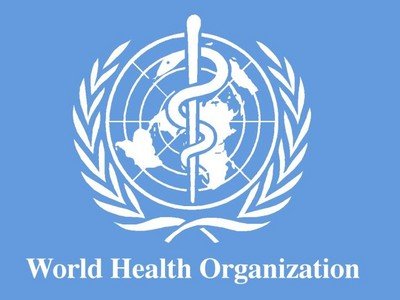WHO calls for greater investment in the battle against malaria
April 24, 2014 | Thursday | News | By BioSpectrum Bureau
WHO calls for greater investment in the battle against malaria
Three out of four people are at risk of malaria in WHO's South-East Asia Region, which is home to a quarter of the world's population. Even though the number of confirmed malaria cases in the Region decreased from 2.9 million in 2000 to 2 million in 2012, the disease remains a significant threat to the lives and livelihoods of people.
Ahead of World Malaria Day (25th April), the WHO has urged for more investment towards malaria control and elimination programs. With emergence of increasing parasite resistance to drugs & insecticide, malaria poses a serious threat to public health in the region.
"1.4 billion People continue to be at risk of malaria in South-East Asia. They are often the poorest, including workers in hilly or forested areas, in development projects such as mining, agroforestry, road and dam constructions, and upland subsistence farming in rural areas and urban areas," said Dr Poonam Khetrapal Singh, WHO Regional Director for South-East Asia. "We must continue surveillance for malaria. Funding needs to be increased for diagnostics, drugs, insecticide-treated mosquito nets, and research and response to drug and insecticide resistance. We need to empower communities to protect themselves. Eliminating malaria will take greater political will."
Bangladesh, Bhutan, Democratic People's Republic of Korea, Nepal, and Sri Lanka reduced the incidence of malaria cases by more than 75% from 2000 to 2012. Thailand and Timor-Leste are on track to achieve a decrease of over 75%. India is expected to decrease malaria case incidence by 50-75% by 2015. Sri Lanka is in the elimination phase; the country has had no indigenous cases since November 2012, down from 203 000 cases in 2000. Maldives has been malaria-free since 1984.
Global efforts to control and eliminate malaria have saved an estimated 3.3 million lives. Between 2000 and 2012, malaria mortality rates have been reduced by 42% and the incidence of malaria has decreased by 25% globally.
But the gains in malaria control, although substantial, could be reversed due to increasing parasite resistance to drugs, mosquito resistance to insecticides and re-introduction of transmission in places where the disease has been eliminated.
The emergence of artemisinin resistance in Cambodia, Myanmar, Thailand and Viet Nam threatens the global achievements in malaria control and elimination. Artemisinin-based combination treatment (ACT) is currently the first line treatment for the most lethal type of malaria, Plasmodium falciparum. Resistance to this drug would compromise the lives of hundreds of thousands of people affected with malaria, and there is an urgent need to invest in ways to contain the spread of resistance to these drugs.
Another danger lies in the fact that the Anopheles mosquitoes, which carry malaria parasites, are increasingly become resistant to insecticides. There is a need to contain the emergence and spread of resistance of Anopheles mosquitoes to insecticides. Moreover, re-introduction of transmission in areas free of malaria is always a threat if surveillance and rapid response are not sustained.
Investments are needed to develop new tools, to conduct operational research to address bottlenecks in malaria control programmes, and to scale-up and ensure rational use of existing interventions. There is also a need to further strengthen health systems and mobilize multisectoral actions to accelerate progress towards elimination of malaria as a public health problem.
______________










